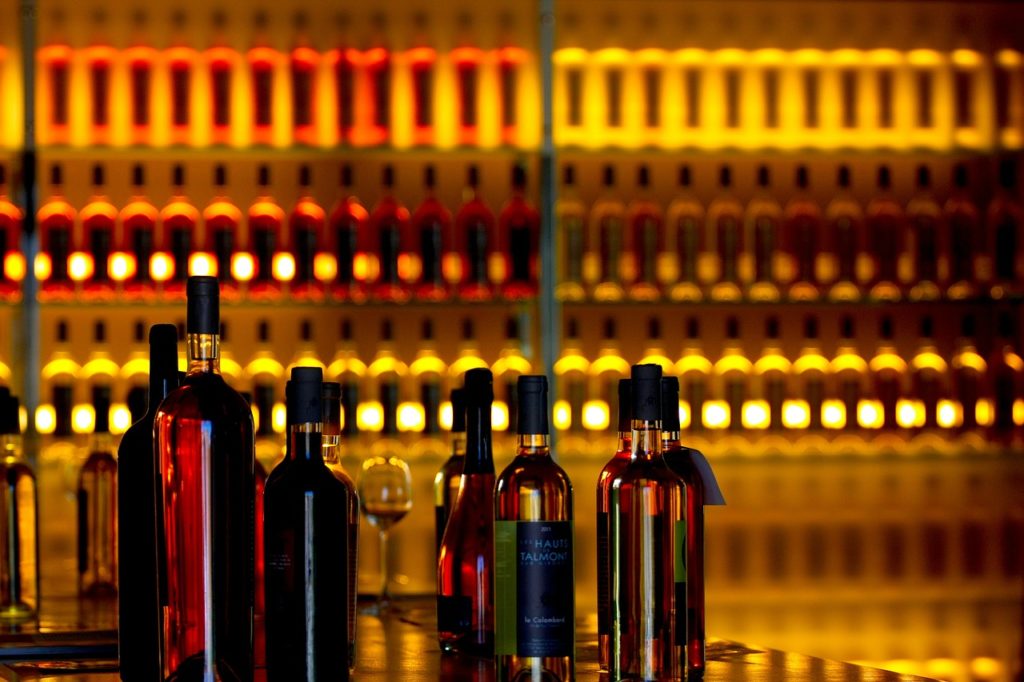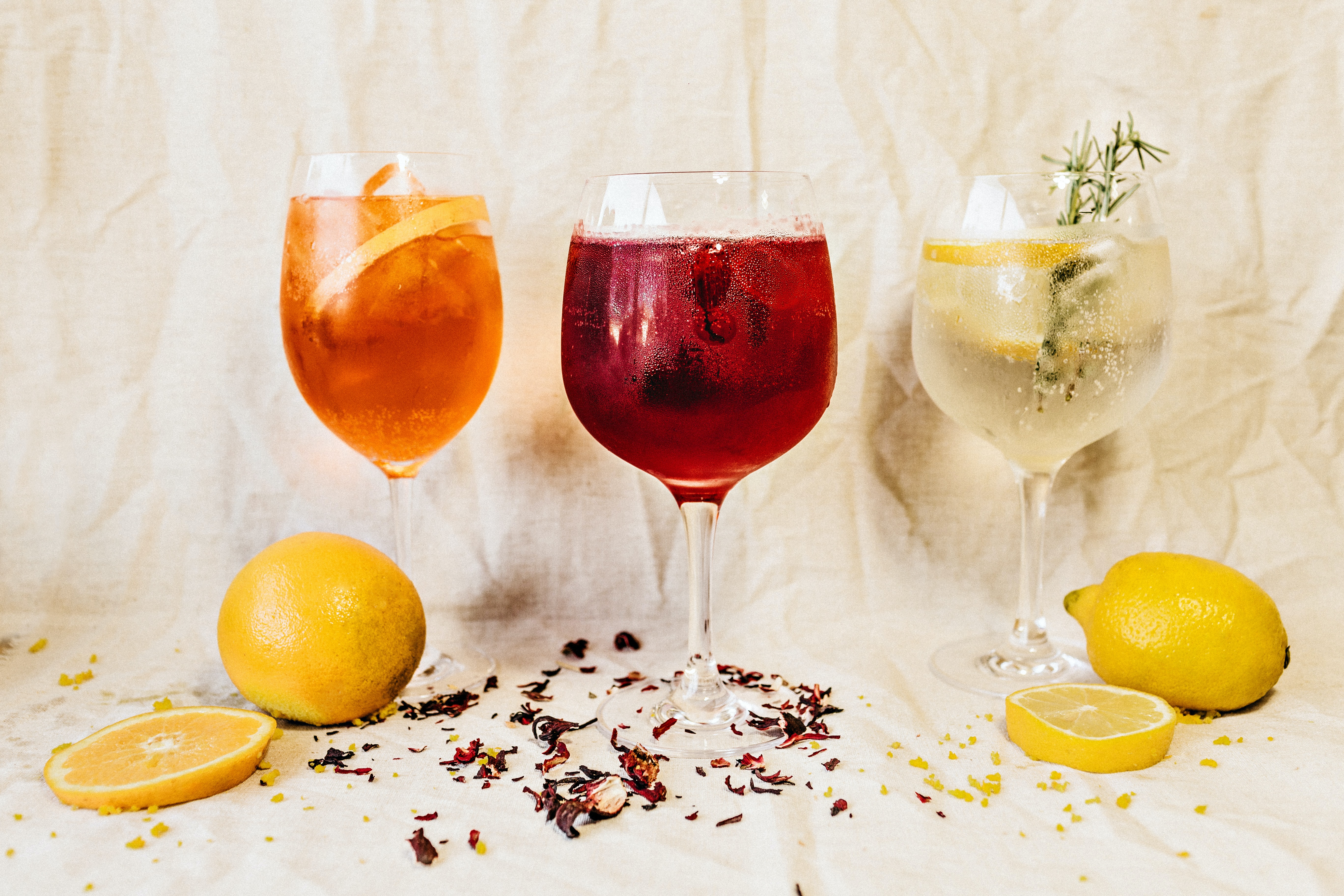
What Is Orange Wine?
Contrary to what you think, orange wine is not made from the orange fruit or any of its varieties. Its name comes from its color. The color itself ranges from bright amber, tangerine, dark yellow, golden, etc. Orange wine is made from white grapes. The orange color comes from the skin and the seeds as they are left intact on the grapes to ferment. It is essentially one of the many varieties of skin-contact wines. This is typical for red wines and used to be common for white wines but is now rare for white wines. Thus, the orange designation.
Then and Now of Orange Wine
Orange wine is not a new concoction; however, it has enjoyed a renaissance of sorts in the past two decades. Its origin lies in the European state of Georgia where it was made in large drums or large pottery containers. These drums were filled with white grapes left to ferment with their seeds, stem, and skin. The drums were sealed with bees’ wax and sometimes buried underground too. It was winemaking at its most organic and original. In the recent past, famous Italian winemakers imported this technique from there and began to produce a wine like this. Although a few small areas in Italy had also always made wine this way. From there the trend caught on and it is made in many European countries and elsewhere like the US, South Africa, etc. It is still a niche product with a cult following but the popularity is growing.
How It Is Made?
There are no chemicals or additives used in the orange wine. Frequently yeast is not added either. It comes naturally from the environment. The fermentation period ranges from a few days to a few months. After the fermented juice is separated, it may be left to age further. The presence of skin increases the tannins in orange wine and also gives it its distinctive color.
What Does It Taste Like?
There are polarized opinions about the taste of orange wine. It can be described in a variety of ways. However, several factors influence its taste. They include: among others, the type of white grapes, how they were extracted, for how long they were left to ferment, the surroundings of the fermentation process, etc. It has an intense and strong taste, that is a given. The texture is heavy too. The taste has been linked to the likes of bruised fruit, hazelnut, jack fruit, apricot, fruit beer, dried flower, wood varnish, linseed oil, juniper, dried orange rind, brazil nut, etc. As you can see there is an array of views when it comes to the taste of orange wine.
How to Pair It with Food?
You can have orange wine with any food that you would have with red or white wine. It works fantastically well with sour and spicy fermented dishes though. Examples may include Kimchi, savory cheese, etc. You can serve it with a variety of meat and fish too. Veggie dishes based on mushrooms; squash would go well with orange wine too.
Orange Wine, a Fad?
It is easy to dismiss orange wine as just another trending drink but that would be a disservice to the thousands of years old history of this wonderful drink. We believe it is here to stay and will continue to enjoy patronage among new and old users alike.
